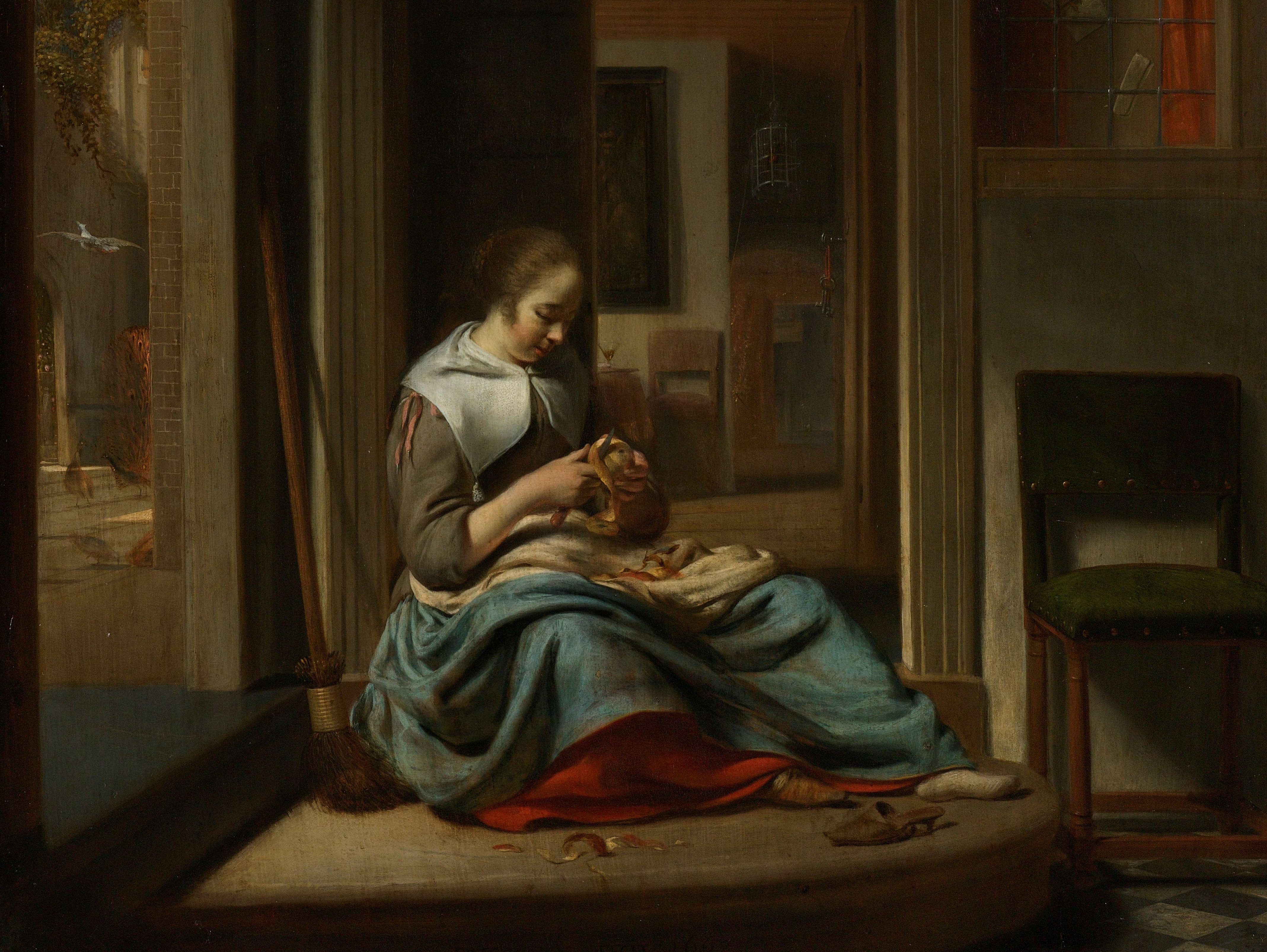
It is often said that seventeenth-century men and women used plants that could be found in the garden or the hedgerow to make their own medicines. This sometimes provides a distorted picture of how easy it was to produce medicines in the kitchen at this time. Anne Stobart has reminded us in her book (Household Medicine in Seventeenth-Century England) that even men and women with access to these ingredients did not always pick them themselves, and sometimes hired others to supply them in bulk. Moreover, many recipes required multiple ingredients and sophisticated processes to make a useful remedy.
This got me thinking about what ingredients are lurking in my garden and what kind or remedies I might have been able to produce from them. So I turned to the 1633 edition of John Gerard’s Of the Historie of Plantes (first published in 1597) to find out what medicinal properties he ascribed to the plants in my garden. These include a very lovely lemon balm (that is starting to get a bit out of control), a lavender bush, an apple tree, primulas, buxus bushes, and a bay laurel. I have included links to our previous posts that talk about some of the conditions and illnesses that I might have been able to ease in more detail.
Lemon Balm
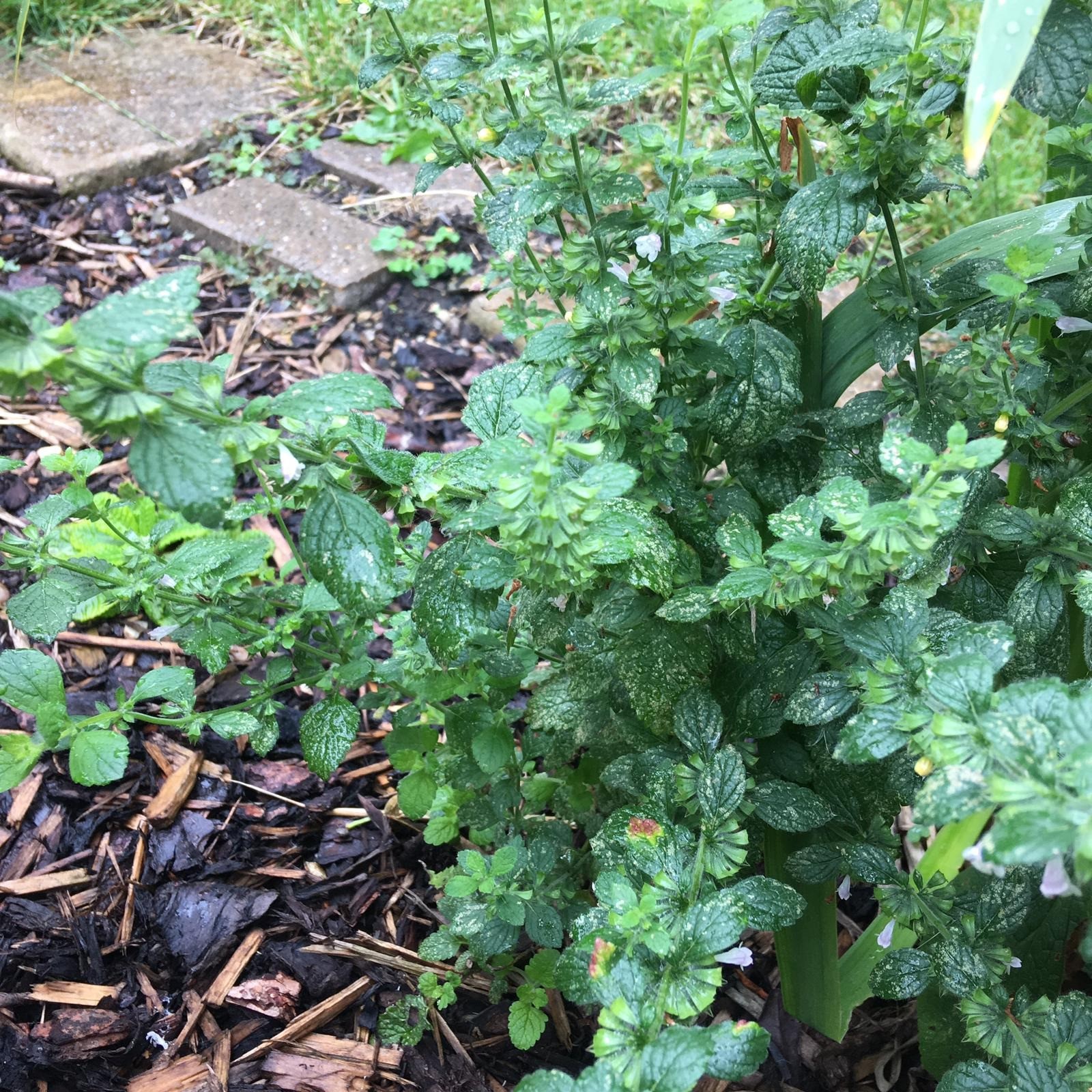
John Gerard explained in his herbal that ‘Bawme’, which ‘smell and savour unto a Citron’ drunk in wine eased bites from venomous animals and drove away melancholy and sadness.1 Lemon balm had many uses and Gerard continued listing its properties explaining that it was good for women who were suffering from ‘strangulation of the mother’. Mother fits, as this disease was also known, was when the womb rose up inside the body causing a strangling sensation and difficulty breathing. Arabian and Mauritian sources, he claimed, advocated balm for helping strengthen the heart. Finally, he explained that mixed with salt it was a sure cure for the King’s Evil – tubercular swellings of the lymph vessels) and eased pain associated with the gout.
Lavender
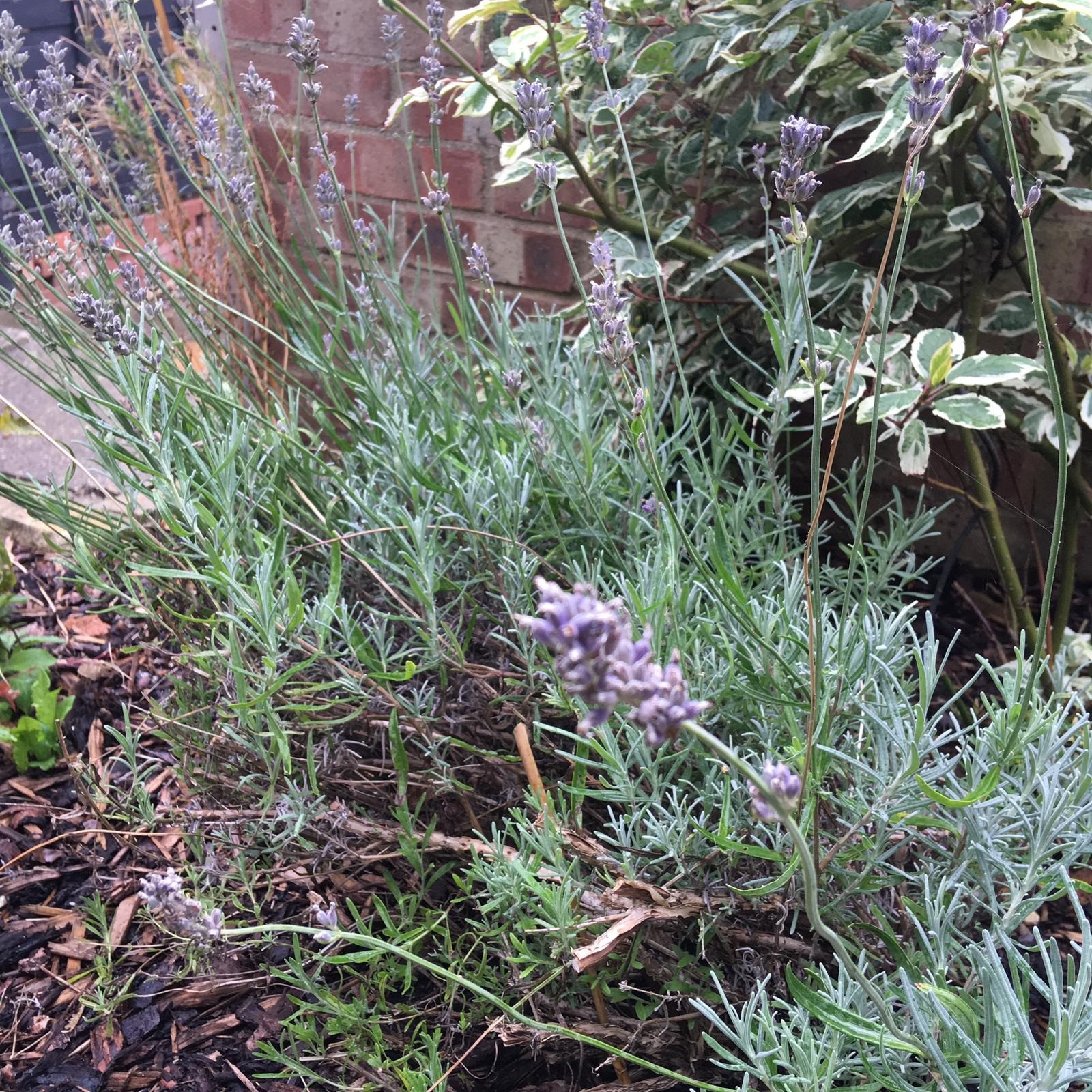
Lavender or Spike – as Gerard tells us the English commonly called it – distilled into a water provided relief for those suffering from migraines and the falling sickness (epilepsy). It was also useful for those suffering from palsy. However, as someone with no distilling knowledge it seems that, at least as far as Gerard was concerned, I wouldn’t be using the lavender in my garden to help my ailments.2
Apples
Apples had to be roasted to be beneficial to the body – as they were cold and moist in temperaments (I approve of this heartily; cooked apples are my personal preference) and could be ‘corrected by adding unto them seeds or spices’ (yum). They were used to aid a weake and feeble stomach. Gerard also explained that apples, pig fat and rose water were used to make a beautifying ointment for the face (but as I don’t have any pigs or the skill to even grow roses let alone distil them I wouldn’t be making this remedy either). The pulp or roasted apples mixed with ale and drunk last thing at night was thought to cure those who ‘pisse by droppes with great anguish and dolour’ and all other diseases caused by difficulties urinating. Apparently taking this remedy twice never failed. The same remedy cured gonorrhoea. Apple leaves were cooling and binding which made them good for healing inflammations.3

Primulas
Primulas could be used for a few illnesses without the necessity of making complicated remedies. Primrose roots ‘stamped and strained’ released juice that was ‘sniffed into the nose with a quill’. This purged the brain and eased migraines. Primrose flowers soaked in vinegar could be applied to the King’s Evil to reduce the swelling. While the leaves and flowers drunk in wine helped all diseases of the lungs and could be used to draw out splinters and thorns.4
Bay and Buxus
Apparently, my bay tree would have been useless as none of the ancients had investigated its properties. Likewise, my buxus bushes i, while astringent, were evidently ‘of an evill and loathsome smell, not used in medicine’.5
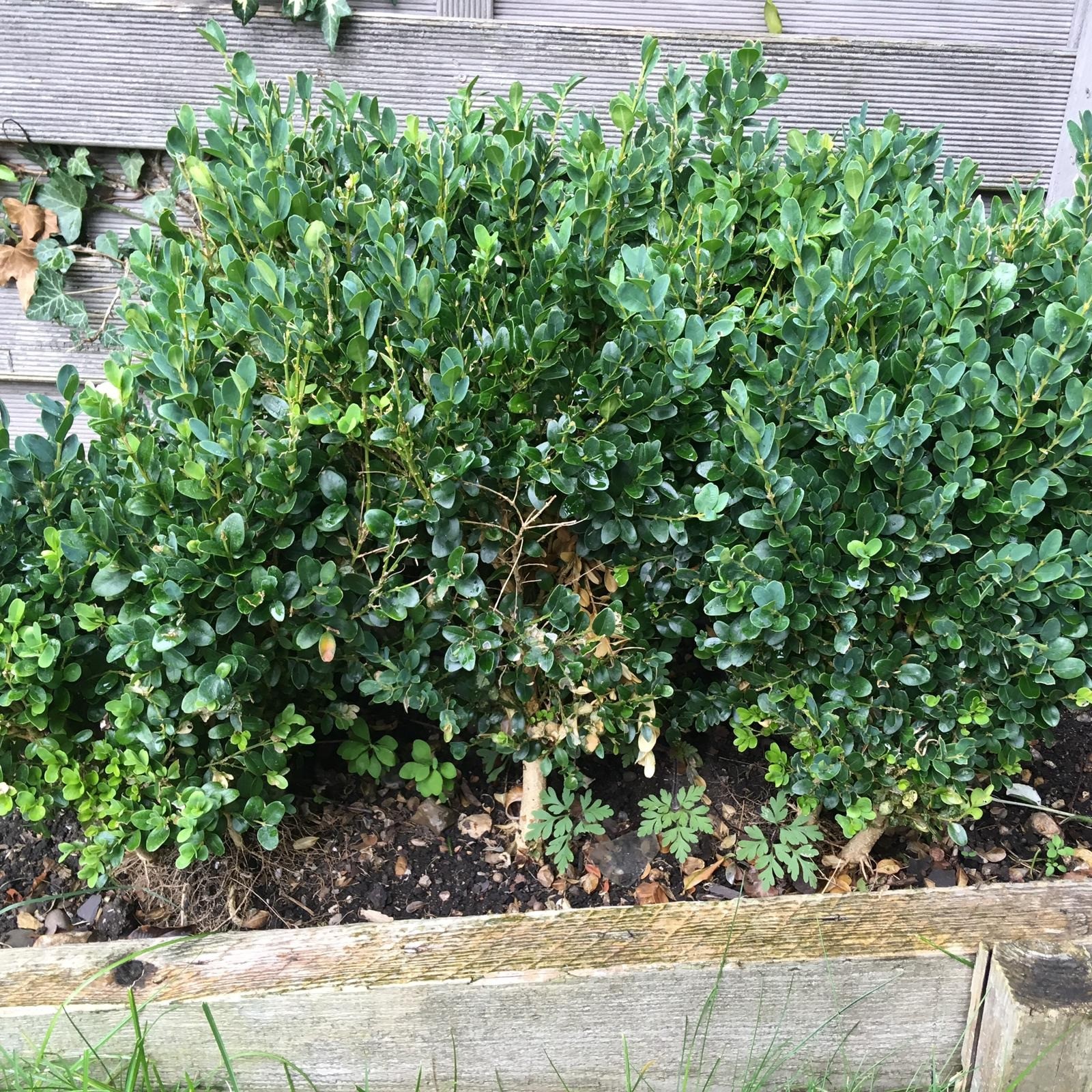
Most remedies required knowledge of distilling, extra ingredients including potentially expensive spices. So overall my garden, and limited cookery knowledge, would have allowed me to ease any headaches I might have suffered, reduced swellings -particularly the King’s Evil, and remove thorns. Anything more serious or complex would have required me to venture further afield to find more ingredients and more equipment.
_____________________________________________
[1] John Gerard, The herball or Generall historie of plantes. Gathered by Iohn Gerarde of London Master in Chirurgerie very much enlarged and amended by Thomas Iohnson citizen and apothecarye of London (London, 1633), pp. 689, 692.
[2] Ibid, p. 584.
[3] Ibid, p. 363.
[4] Ibid, p. 783.
[5] Ibid, p. 1410.

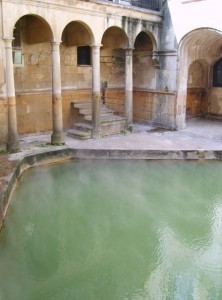
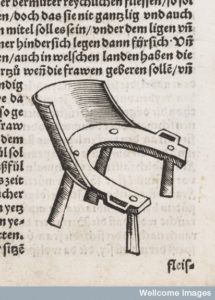
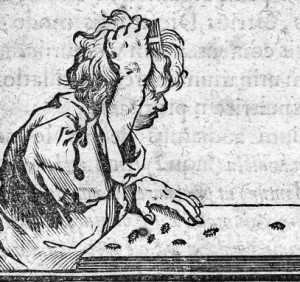
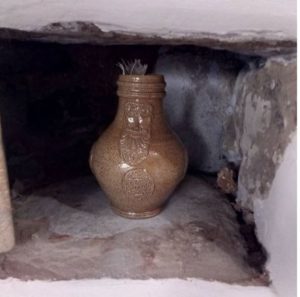
Very interesting! Do you know if any of these really work?
I haven’t made any of them yet and I’m not a medic so not qualified to say, but it would be interesting to make some of them one day. I once made a cold remedy while on a radio programme. It was delicious, but I didn’t have a cold so couldn’t tell if it had done anything.
Wild Carrot – Chapter 391
The seede of this wilde Carrot, and likewise, the root is hot and drie in the second degree, and doth withall open. The roote boiled and eaten, or boiled with wine, and the decooction drunke, provoketh urine, expelleth the stone, bringeth foorth the birth; it also procureth bodily lust.”
He also describes it as good for wind, cholic, dropsie; helping with the passions of the mother, helping conception and good against the bites of venomous beasts!
Wish I had a vegetable patch and could grow some carrots. I wrote about them a little bit in my first book as they were described as aphrodisiacs and, as you say, fertility aids. An excellent vegetable 🙂
Fascinating article. Do you have a reference for the 17th century painting of the young woman peeling apples? It’s a delightful picture.
It’s gorgeous isn’t it. I have spent a lot of time since I found it trying to work out a way to write a book and have her on the cover.
Rijksmuseum Woman Peeling an Apple